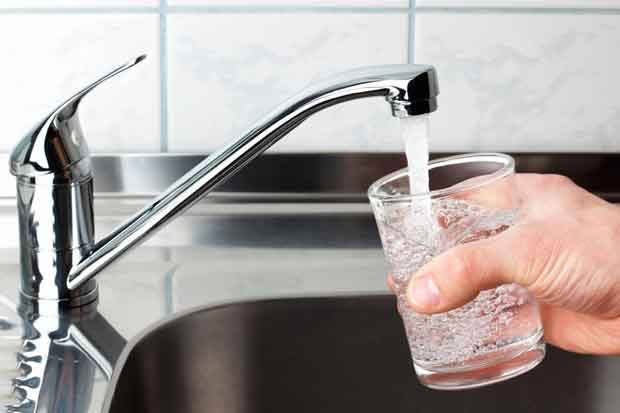Is your bore water healthy?

Signs of problems with your bore water. Photo: Dreamstime
Mineral water in a bottle is delicious but not quite so nice when you live rurally and it’s coming out of your taps.
Words: Nadene Hall
You escaped the chemicals of town water supply but out in the country anyone who uses bore water in their home faces just as much of a mix. While it’s all natural, unfortunately it’s not always what you want to see. Here are some of the colourful problems and what you can do to solve them.
IS YOUR WATER LOOKING BROWN?
One of the most common causes of brown water is excessive levels of iron. It also tends to give water a metallic taste, stains clothes, toilet bowls and sinks and blocks up pipes.
Iron types found in water include oxidized, soluble, colloidal, bacteria and organic bound. Oxidised iron and soluble iron are the ones most commonly found in bores.
You can use filters to remove oxidized iron or put a chemical into your holding tank to make it coagulate – you then flush it away from the bottom of the tank. For soluble iron you can use a water conditioner or a filter that includes a softening agent.
Colloidal iron is made up of extremely small ions that discolours the water but often doesn’t turn it the traditional rusty brown. But it will still discolour clothing and fittings. Chlorine is often used to get rid of colloidal iron in water.
There is also a type of bacteria that will feed on iron in your, pipes and tank. Water will smell and taste bad and you will see a reddish coloured slime. Chlorination is required to kill the bacteria. You may also require a carbon filter.
IS YOUR TOILET TURNING BLUE?
Copper is another mineral often found in water and indicated by a blue-green stain that will discolour your bathroom and toilet fittings.
It is not naturally found in water and is usually caused by corroding copper pipes. While a water softener will remove copper, its presence means you probably need a plumber.
ARE YOUR GLASS CUPS GOING STREAKY?
This could be a sign of “hard” water, or too much calcium carbonate. It can also cause scale to build up in your pipes, your water heater to burn out and you will find it difficult to wash clothes as the soap won’t lather up.
You need to use a softener to remove the calcium and this treatment will need to be repeated, as often as once a week.
CAN YOU SMELL ROTTEN EGGS?
That terrible smell and an awful taste in your water can indicate the presence of hydrogen sulphide, a poisonous gas that is caused by the decomposition of organic material. It is incredibly corrosive and will quickly tarnish anything silver washed in it.
DOES YOUR WATER TASTE AND SMELL PERFECTLY NORMAL?
It doesn’t actually mean your water is safe to drink. One major problem in water supplies in farming communities is excessive nitrate levels. High nitrate levels won’t cause your water to taste or smell any different but can cause “blue baby” syndrome because it affects the capacity of the blood to carry oxygen. It can cause severe illness or even death in babies under six months of age.
The only way to know if you are affected is to test your water. High nitrate levels can be caused by animal and human wastes, fertiliser and surface water run-off. It can also be a warning that a water supply is suspect.
Reverse osmosis filters can reduce nitrate levels while deionisation treatment will get rid of it completely.
If you are thinking of buying a property or aren’t sure if you water is clean, it can be a good idea to get the water tested. Once you ring a testing company you are usually sent a container and instructions on how to get a good representative sample. These are then couriered back and tested for a range of possible contaminants at a cost ranging from $100-$200 depending on what you would like the water to be tested for.
Love this story? Subscribe now!
This website shows you the closest water testing lab region by region. Companies will usually send you testing bottles and instructions on how to take a sample (often not quite as simple as just turning on the tap, but simple enough).
www.drinkingwater.esr.cri.nz

